Homogeneity (Wire Uniformity)
With thermocouples the main error lies not with stem conduction but with errors arising from inhomogeneity of the thermocouple wire. Therefore for reliable and consistent results the wires must be homogenous, i.e. the wire must have uniform properties, throughout.
The resultant output e.m.f. from a thermocouple is proportional to the temperature difference between the two junctions. The e.m.f. is generated not at the junction but in the part of the wire that passes through the temperature gradient between the measuring junction and the reference junction. As the e.m.f. is generated in the part of the wire in the temperature gradient then changing the immersion depth will change the position along the wire where the e.m.f. is generated. If the wire properties are different then errors occur.
There is nothing magical about the junction and it is a mistake to think that the e.m.f. is generated at the junction.
There is debate relating to the wisdom of calibrating thermocouples. Whilst the best method would be to calibrate thermocouples in situ, this is frequently not possible. As this is a practical guide to calibrating sensors, and thermocouples are calibrated in metal block baths, then the approach recommended here is to carefully consider the homogeneity.
It follows that the leads from the thermocouple should not be run through unnecessary temperature gradients and joins in the wire should be avoided when possible. When joins are made they should not be positioned in a temperature gradient.
Lead Resistance
This is generally less of a problem with thermocouples than p.r.t.’s, particularly with modern instrumentation. Manufacturers of thermocouple instruments may specify a maximum loop resistance, typically 100 ohms.
Thermal Lag
For thermocouples built into large sheaths or thermowells, this effect needs to be as considered for p.r.t.’s. For thermocouples constructed from fine wires the thermal lag tends not to be significant; indeed such a sensor may be selected for its fast response properties.
Thermal Capacity
As with Thermal Lag this may be an issue for larger assemblies but not for fine wire thermocouples.
Cold Junction Compensation (CJC) Errors
For simple instruments the CJC is built into the device, e.g. a field temperature transmitter. This will typically consist of a internal temperature-sensing device that measures the temperature of the junction of the thermocouple wire and the instrument and an uncertainty of +/- 1ºC, or more, may be expected.
Also Read : RTD Sources of Errors
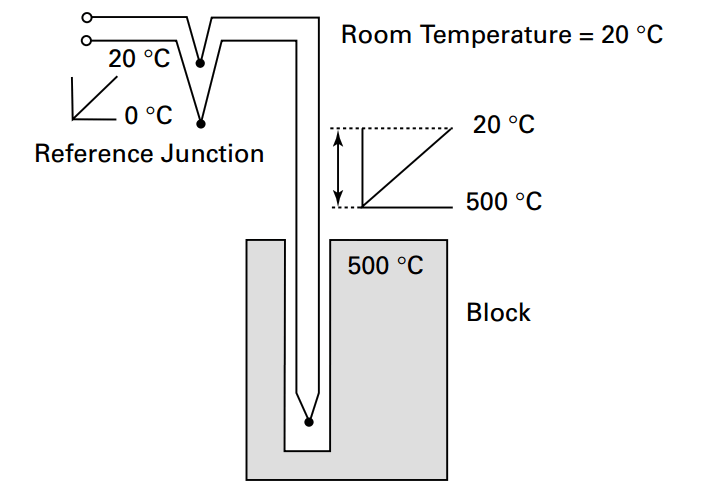
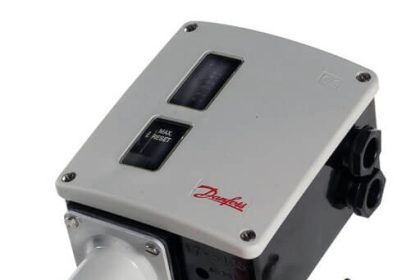

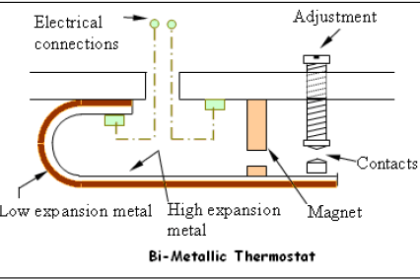
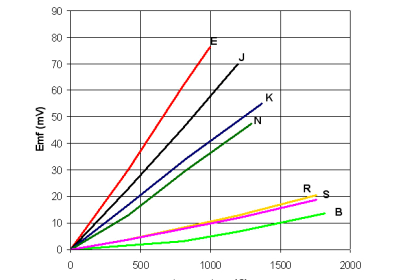

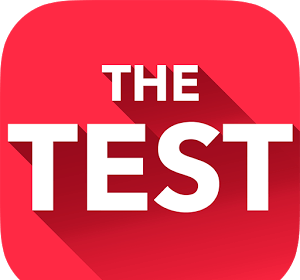


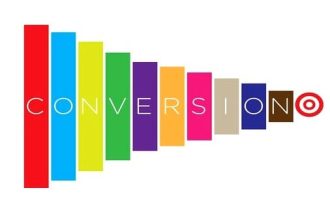
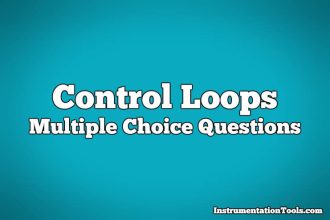




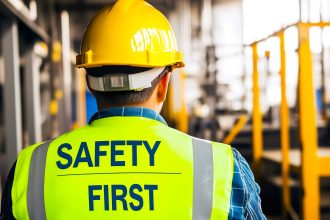

we are facing an error in temperature measurement we are taken take two comparing thermocouples and standard thermocouple on calibrating comparing thermocouple say A and B reads 1 to 2 Deg error on reaching 700 Deg the difference is coming around 8 Deg.C this happens tree times will you give solution/Reason for that
type K type
outer insulation fiber glass 1 time,
bare wire with ceramic beads 2 nd time
ceraamic fiber insulation 3 rd time.